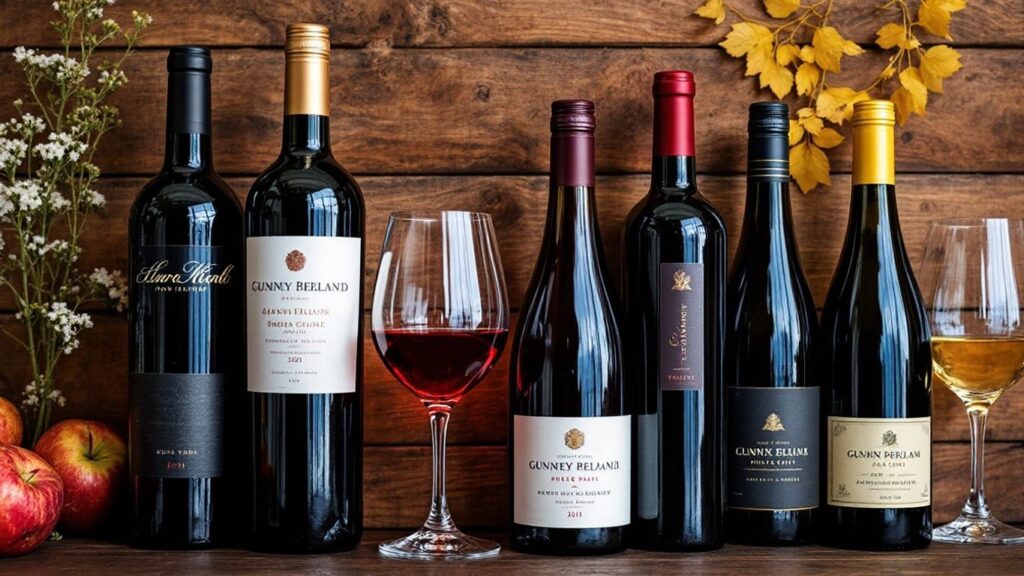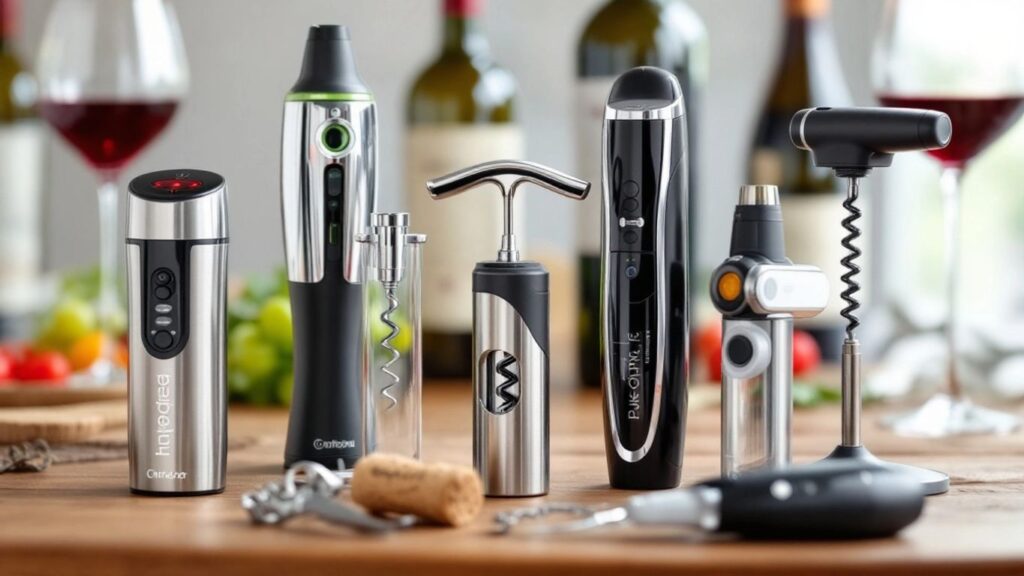Wine enthusiasts always look for new and exciting brands to try. With so many options available, it can be tough to know where to start. That’s why we’ve put together a list of 10 wine brands you should keep an eye on.
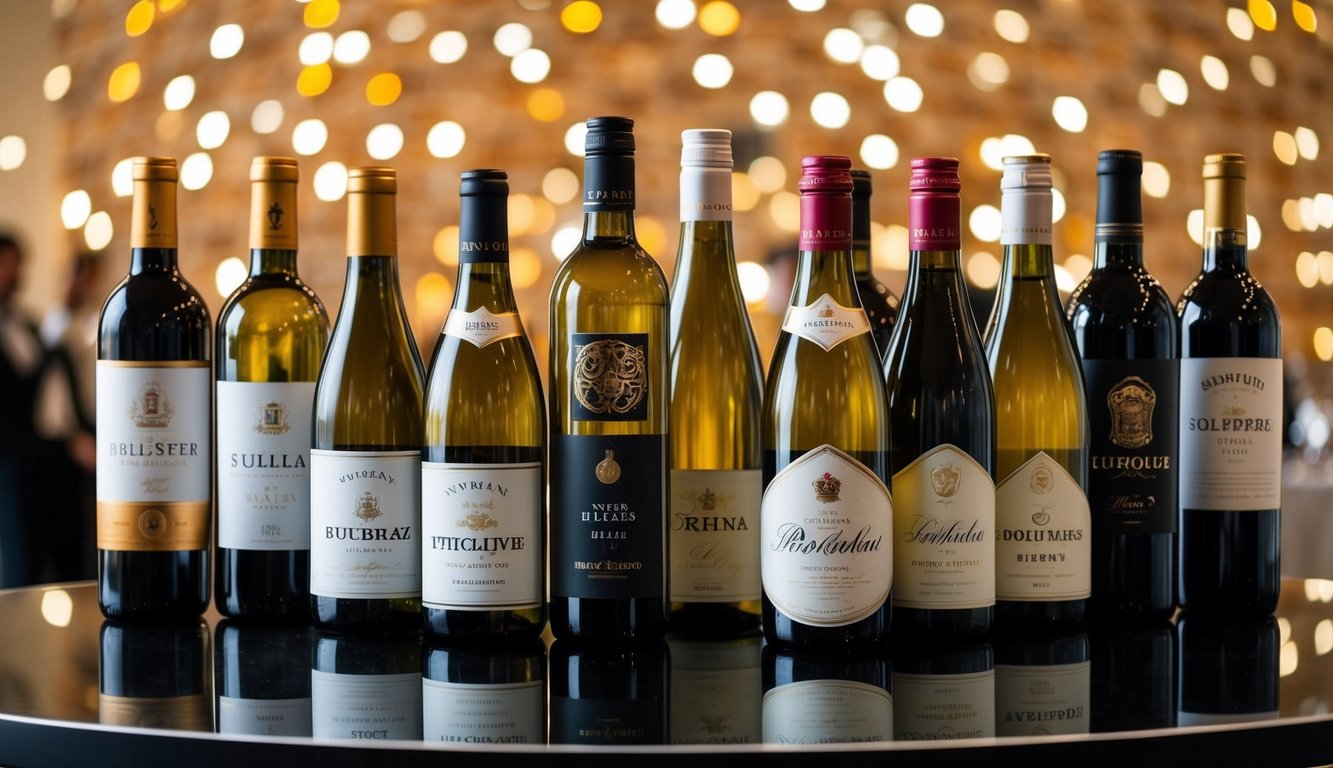
These wine brands offer great quality and value, making them worth exploring for both casual drinkers and connoisseurs alike. From Napa Valley’s finest to under-the-radar regions, our selection covers a range of styles and price points. You’ll find options for everyday sipping as well as special occasions.
1) Domaine de la Romanée-Conti
Domaine de la Romanée-Conti, often called DRC, is a legendary Burgundy wine producer. You should know this name if you’re serious about wine.
DRC makes some of the world’s most expensive and sought-after wines. They produce only 6,000 to 8,000 cases per year, making their wines incredibly rare.
The estate’s flagship wine comes from the tiny Romanée-Conti vineyard. It’s so exclusive that only about 450 cases are made each year.
DRC releases eight different wines from eight distinct vineyards. Each wine showcases the unique terroir of its plot.
You’ll find DRC wines at the top of auction lists. They often fetch impressive prices and are prized by collectors worldwide.
If you ever get the chance to taste a DRC wine, don’t pass it up. These wines represent the pinnacle of Burgundian winemaking and are truly special experiences.
2) Château Margaux
Château Margaux is a wine brand you need to know. This iconic Bordeaux estate produces some of the world’s most sought-after red wines.
Located in the Margaux appellation, the château has a rich history dating back over 300 years. Its wines consistently rank among the finest from Bordeaux.
The estate’s flagship wine, simply called Château Margaux, is a blend of Cabernet Sauvignon, Merlot, Petit Verdot, and Cabernet Franc. It’s known for its elegance, complexity, and ability to age for decades.
You’ll find notes of plum, cedar, and spice in many Château Margaux vintages. The wines often have a silky texture and remarkable depth of flavor.
While the grand vin is the star, don’t overlook Pavillon Rouge, the château’s second wine. It offers a taste of Margaux quality at a more accessible price point.
Château Margaux also produces a white wine called Pavillon Blanc. Made from Sauvignon Blanc, it’s a rare and highly prized bottling.
When shopping for Château Margaux, keep in mind that vintages can vary in quality and price. Research specific years before making a purchase.
3) Opus One
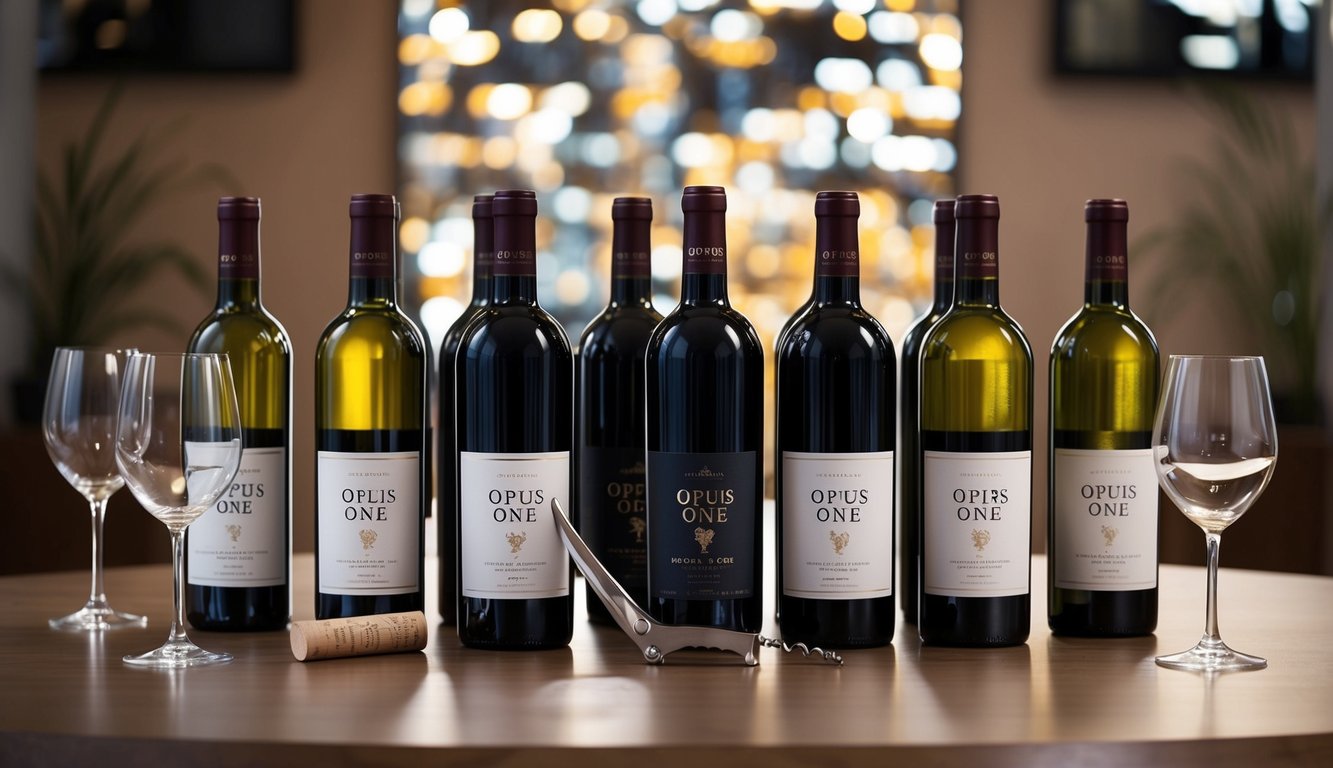
Opus One is a name you need to know in the world of fine wines. This prestigious Napa Valley winery produces some of the most sought-after bottles in California.
Founded as a partnership between Robert Mondavi and Baron Philippe de Rothschild, Opus One blends Bordeaux tradition with Napa innovation. Their flagship wine is a Cabernet Sauvignon-based blend that showcases the best of both worlds.
You can expect to pay around $350 for a bottle of the current Opus One vintage. While pricey, this is actually a relative bargain compared to some other cult Napa wines.
Opus One produces about 25,000 cases per year, making it a small-production winery. Demand often outstrips supply, adding to the wine’s allure and collectibility.
If you’re looking to try Opus One, consider their second wine called Overture. It’s more affordable but still gives you a taste of the Opus One style.
For collectors, some top vintages to look out for include the 2007 and 2013 releases. These are particularly prized for their quality and aging potential.
4) Penfolds Grange
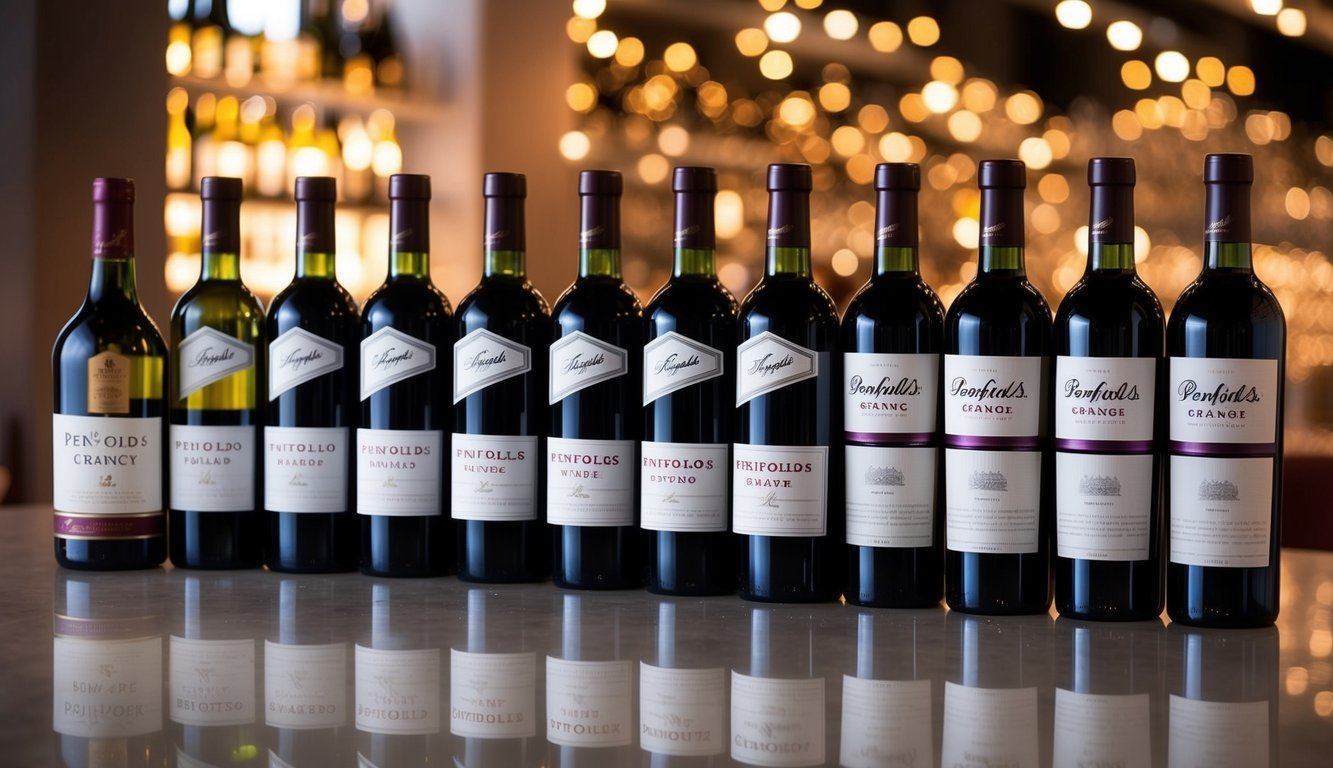
Penfolds Grange is a legendary Australian wine you should know about. It’s one of the most celebrated wines in the world, known for its rich flavors and aging potential.
The wine is primarily made from Shiraz grapes, with a touch of Cabernet Sauvignon in some vintages. Penfolds Grange is famous for its deep, complex flavors of blackberry, raspberry, and cedar.
You’ll find that Penfolds Grange is not your everyday wine. It’s a premium product with a price tag to match. Some vintages can cost thousands of dollars per bottle.
The wine’s history dates back to 1951 when winemaker Max Schubert created the first experimental vintage. Today, Penfolds Grange is stored in Bin 95 during its aging process.
If you’re lucky enough to try Penfolds Grange, you’ll experience a wine that’s built to last. Many vintages can age for decades, developing even more complexity over time.
5) Sassicaia
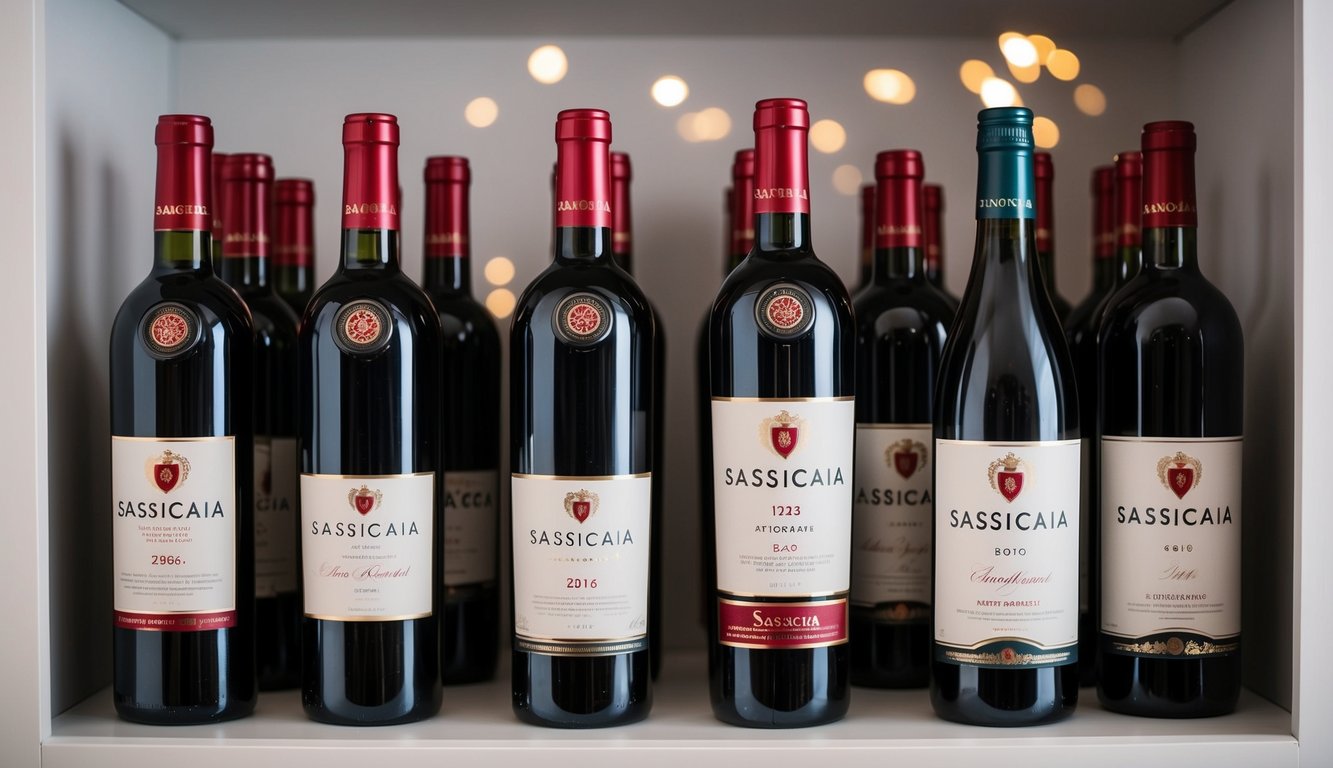
Sassicaia is a wine you need to know. This iconic Italian label comes from Tuscany and has earned its place among the world’s finest wines.
Sassicaia shuns tradition by using Cabernet Sauvignon grapes in a region known for Sangiovese. This bold move paid off, helping to create the highly coveted “Super Tuscan” category.
The wine’s name means “stony ground,” referring to its unique terroir. Sassicaia grows in a rocky vineyard that has its own denomination, setting it apart from other wines in the region.
Sassicaia ages exceptionally well. You can find bottles from the late 1960s that are still worth drinking today. This makes it an excellent choice for collectors and investors.
Recent vintages have been particularly impressive. Look for years like 2015, 2016, 2018, and 2019 to add to your collection.
When you taste Sassicaia, you’ll understand why it’s so celebrated. It offers complex flavors and a smooth, elegant finish that wine enthusiasts adore.
Keep an eye out for Sassicaia at high-end wine shops or auctions. It’s a wine that deserves a spot in your cellar and on your radar.
6) Ruinart Blanc de Blancs
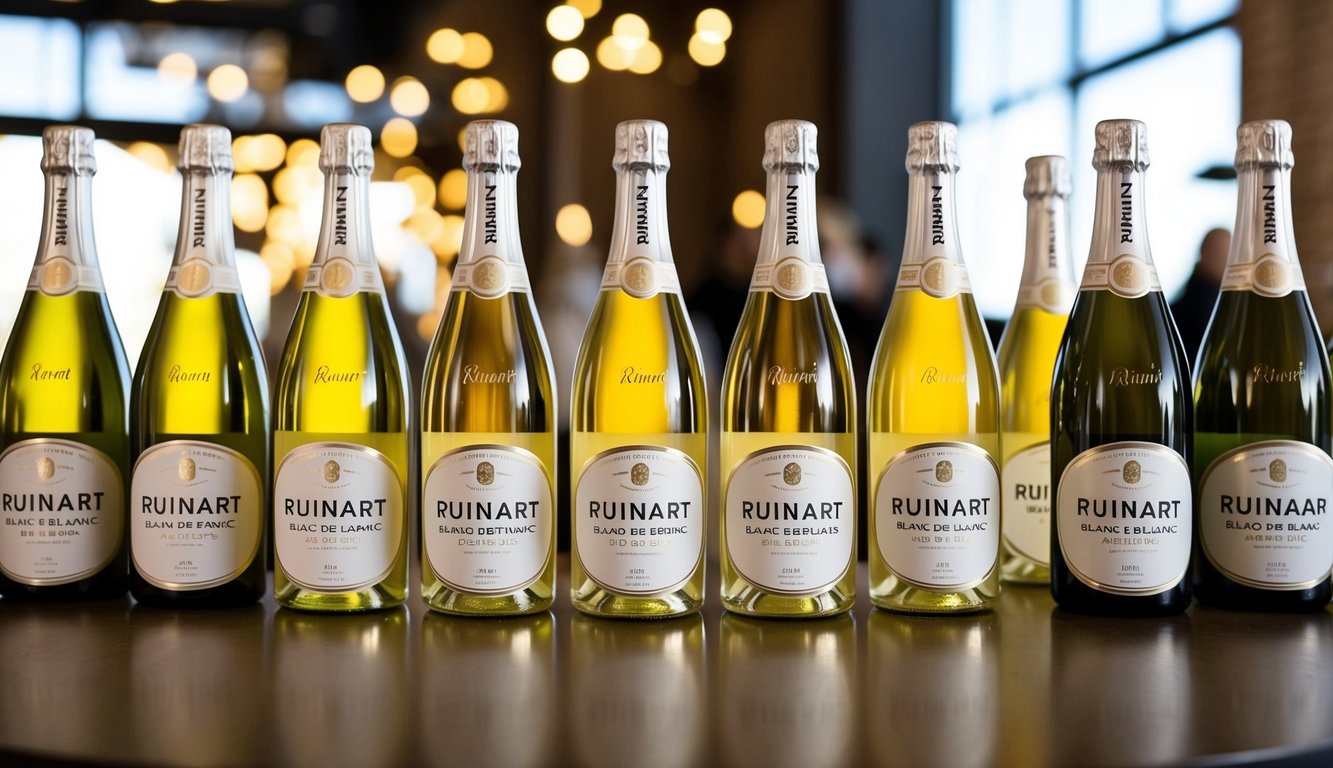
Ruinart Blanc de Blancs is a must-try champagne for wine enthusiasts. This elegant sparkling wine is made entirely from Chardonnay grapes, giving it a distinctive and refined character.
You’ll appreciate the aromatic freshness of this champagne, with notes of citrus and exotic fruits. The palate is both precise and clean, delivering a radiant balance between roundness and smoothness.
Ruinart sources its Chardonnay grapes primarily from the Côte des Blancs and Montagne de Reims terroirs in Champagne. This careful selection contributes to the wine’s exceptional quality and taste profile.
When you uncork a bottle of Ruinart Blanc de Blancs, you’re experiencing a blend of 25-30 crus, including 20-30% reserve wine from various vintages. This complexity adds depth to your tasting experience.
The champagne undergoes meticulous aging in Ruinart’s cellars for 2-3 years. This process enhances its flavors and aromas, resulting in a sophisticated and well-balanced wine.
You’ll find that Ruinart Blanc de Blancs pairs beautifully with seafood dishes or can be enjoyed as an elegant aperitif. Its versatility makes it a standout choice for any occasion.
7) Stag’s Leap Wine Cellars Artemis

You’ll want to add Stag’s Leap Wine Cellars Artemis to your wine list. This Napa Valley Cabernet Sauvignon offers a perfect blend of flavors and aromas.
The Artemis showcases rich, complex notes of blackberry, black currant, and cassis. You’ll also detect hints of spice and vanilla that add depth to its profile.
This wine is aged for 15 months in a mix of new and older French oak barrels. The result is a smooth, full-bodied wine with well-integrated tannins.
You’ll find the Artemis pairs wonderfully with grilled meats and hearty pasta dishes. It’s especially delicious with tri-tip or braised short ribs.
The 2020 vintage offers a medium to full-bodied experience. You’ll enjoy its smooth mouthfeel and delightful dark chocolate flavors.
Stag’s Leap Wine Cellars is known for creating wines that represent the best of Napa Valley. The Artemis is no exception, offering you a taste of the region’s finest Cabernet Sauvignon.
8) Tenuta dell’Ornellaia
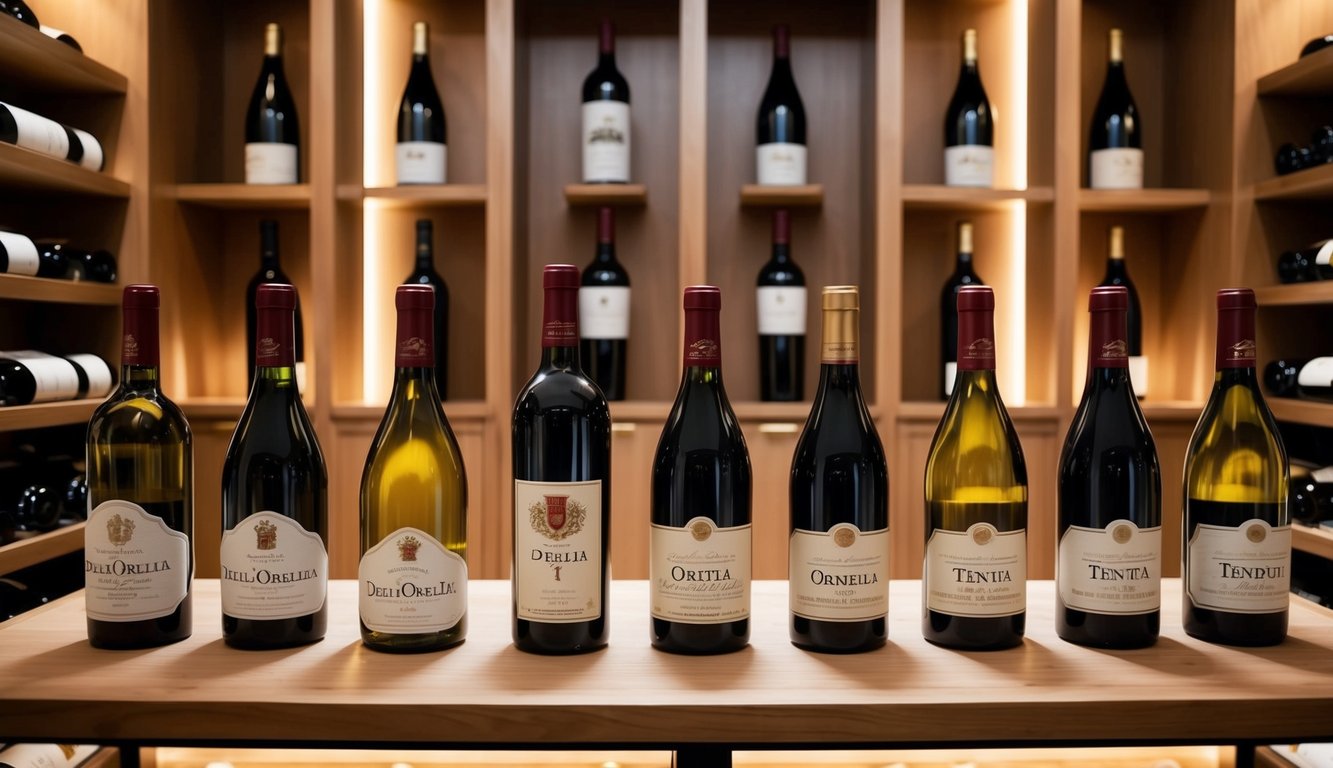
Tenuta dell’Ornellaia is a wine brand you should keep an eye on. This prestigious Italian winery is located in the Bolgheri region of Tuscany. It’s known for producing high-quality Super Tuscan wines.
The estate’s flagship wine, Ornellaia, is a blend of Cabernet Sauvignon, Merlot, and other Bordeaux varieties. It’s praised for its rich flavor and complex character.
You’ll find that Ornellaia wines often get high ratings from critics. They’re sought after by collectors and wine enthusiasts alike. The winery also makes other red blends, like Le Serre Nuove and Le Volte.
Interestingly, Ornellaia produces a sweet wine called Ornus dell’Ornellaia. It’s made from 100% late-harvest Petit Manseng grapes, which is unusual for the region.
The winery is committed to sustainability in its practices. They focus on respecting the land and creating wines that reflect their unique terroir.
If you’re looking to try something special, Ornellaia’s Vendemmia d’Artista project is worth checking out. Each year, they create limited edition bottles with labels designed by renowned artists.
9) Caymus Vineyards Special Selection
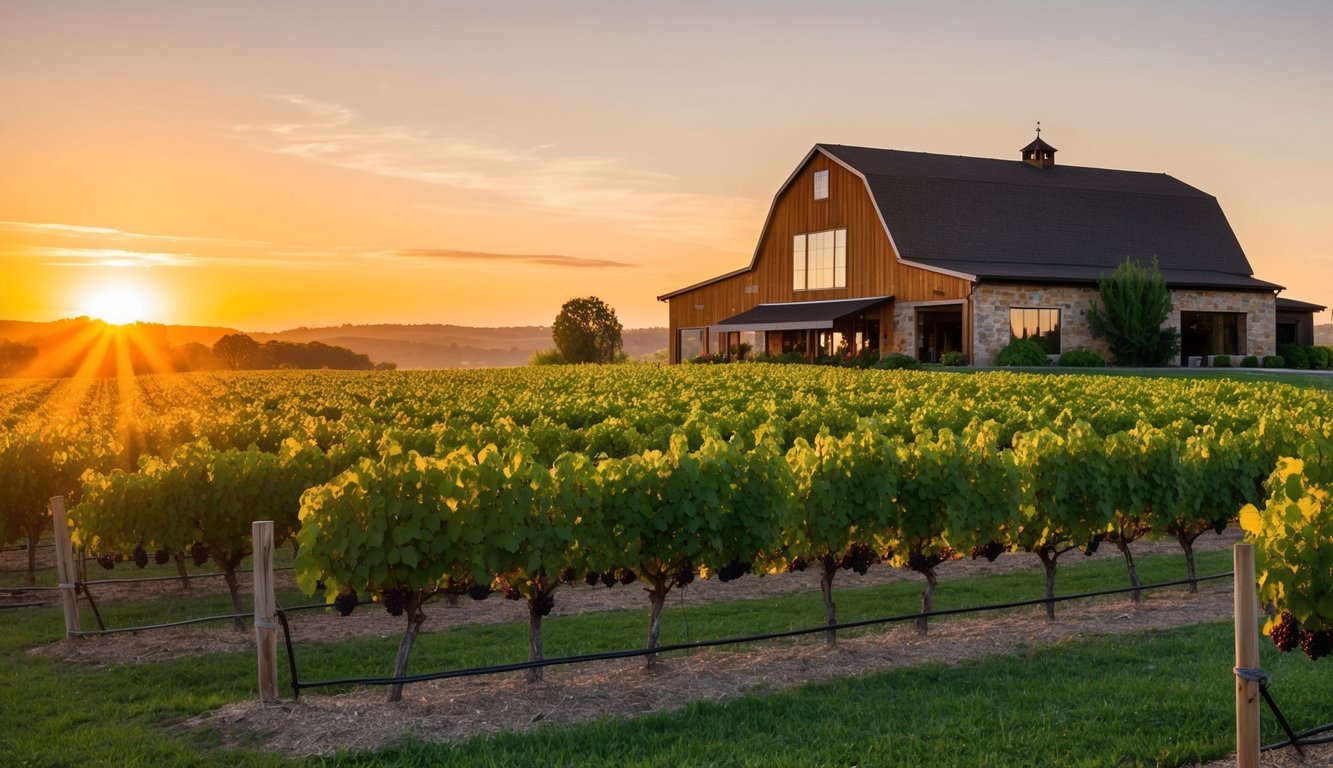
Caymus Vineyards Special Selection is a top-tier Cabernet Sauvignon you need to try. This exceptional wine comes from Napa Valley and has earned high praise from wine critics.
The Special Selection stands out for its rich flavor and complex profile. You’ll notice layers of taste that set it apart from other Cabernets.
This wine has a history of excellence. It’s the only wine in the world to be named Wine Spectator’s “Wine of the Year” twice.
When you open a bottle, you’ll enjoy velvety tannins and intense dark fruit flavors. The wine is crafted from the best barrels of Caymus’ Cabernet Sauvignon.
Be prepared to invest more in this wine. The Special Selection is pricier than Caymus’ standard Napa Valley Cabernet. But many wine lovers find it worth the splurge.
You can enjoy this wine right away or age it for later. Either way, you’re in for a treat with Caymus Vineyards Special Selection.
10) Veuve Clicquot La Grande Dame
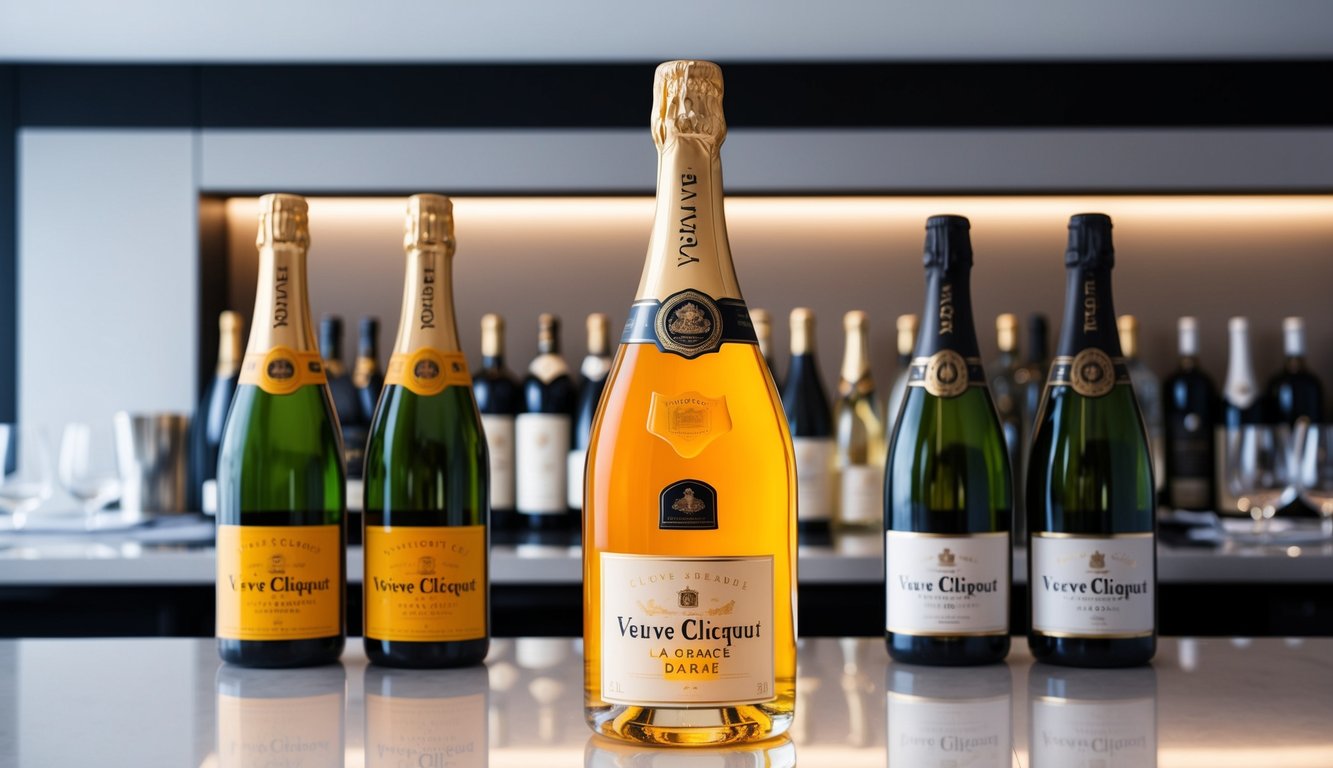
Veuve Clicquot La Grande Dame is a prestigious champagne you should add to your wine collection. This luxurious bubbly was introduced in 1972 to celebrate Veuve Clicquot’s 200th anniversary.
La Grande Dame is a blend of Pinot Noir and Chardonnay grapes from six top vineyards. The 2015 vintage contains 90% Pinot Noir and 10% Chardonnay, creating a rich and complex flavor profile.
When you taste La Grande Dame, you’ll notice aromas of white flowers, honey, and toasted brioche. As it opens up, citrus notes of lemon and grapefruit emerge.
On the palate, you’ll experience dried fruit, wild strawberries, and ripe red apple flavors. The champagne has a fine, persistent mousse and a long, satisfying finish.
La Grande Dame is perfect for special occasions or when you want to treat yourself to a truly exceptional wine. It pairs well with seafood, poultry, and light appetizers.
Remember, this champagne can age gracefully. If you’re patient, you can cellar it for up to 10 years to enhance its complexity and depth.
Understanding Wine Regions

Wine regions shape the flavors and qualities of the wines we enjoy. The unique combination of climate, soil, and winemaking traditions in each area creates distinct characteristics in the final product.
Terroir and Its Influence
Terroir is a French term that refers to the environmental factors affecting grape growth. It includes:
- Soil composition
- Climate
- Topography
- Sunlight exposure
These elements greatly impact wine flavor and quality. For example, wines from Jura and Alsace in France often have unique tastes due to their specific terroir.
Grapes grown in chalky soil may produce wines with mineral notes. Cool climates can lead to higher acidity in wines. Your wine experience is shaped by these regional factors.
Old World vs New World Wines
Old World wines come from traditional European regions like France, Italy, and Spain. They typically:
- Focus on tradition and terroir
- Have stricter regulations
- Often feature more subtle flavors
New World wines are from newer wine-producing countries like the USA, Australia, and Chile. They tend to:
- Use modern winemaking techniques
- Have bolder fruit flavors
- Experiment with different grape varieties
You might find up-and-coming wine regions in both Old and New World countries. These areas often blend traditional methods with innovative approaches, offering unique wine experiences.
Wine Tasting Essentials
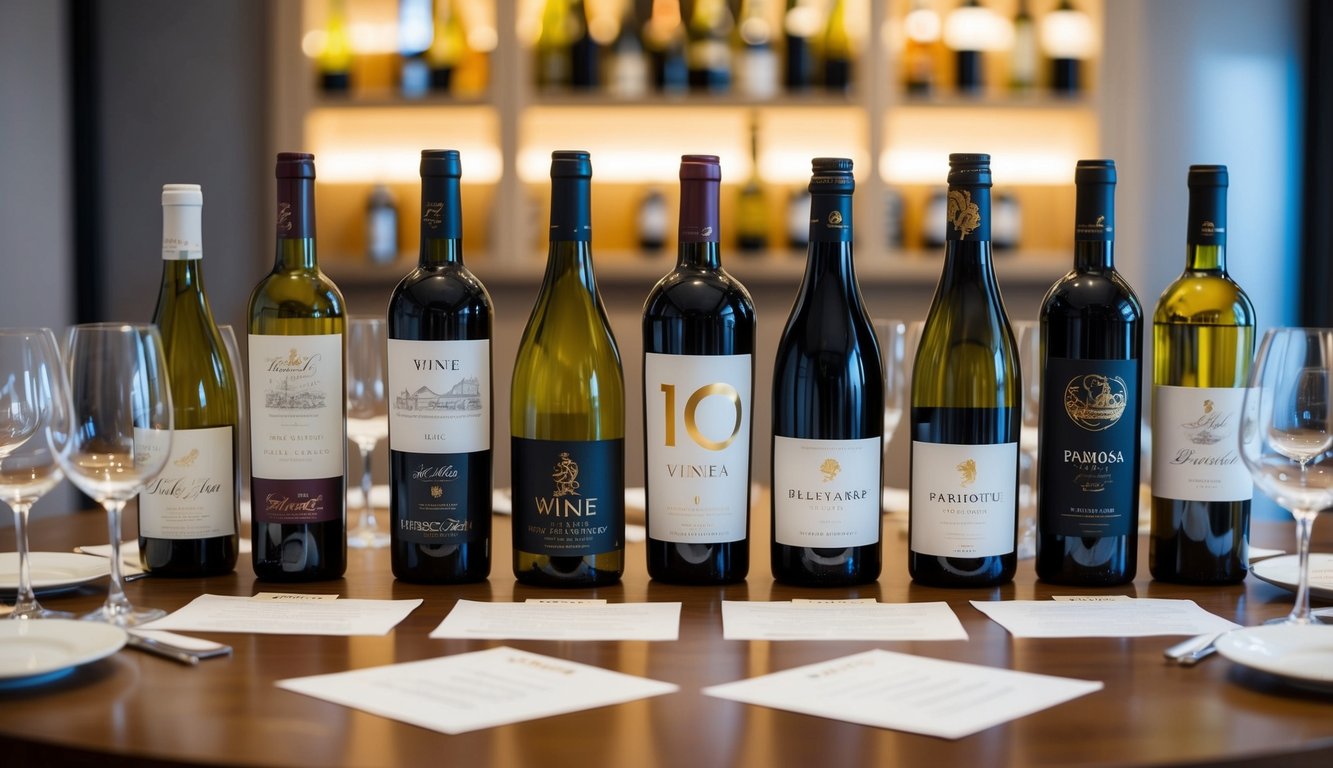
Wine tasting is both an art and a science. It involves using your senses to fully appreciate the complexities of a wine. Knowing the basics can enhance your enjoyment and understanding of different wines.
Aromas and Flavors
Wine aromas and flavors come from various sources. Grapes contribute primary aromas like fruit and floral notes. Fermentation adds secondary aromas such as yeast and butter. Aging creates tertiary aromas like oak and leather.
When tasting, try to identify specific scents and tastes. Common wine aromas include:
- Fruits (berries, citrus, stone fruits)
- Flowers (rose, violet)
- Herbs and spices (pepper, vanilla)
- Earth (mushroom, wet stone)
Your palate can detect sweet, sour, salty, and bitter tastes. Wine flavors often mirror the aromas you smell. Pay attention to the wine’s body, which can range from light to full.
The Five S’s of Wine Tasting
The Five S’s give a structured approach to wine tasting:
- See: Look at the wine’s color and clarity.
- Swirl: Gently swirl the glass to release aromas.
- Smell: Inhale deeply to detect various scents.
- Sip: Take a small sip and let it coat your mouth.
- Savor: Evaluate the flavors and overall impression.
When you see the wine, note its color intensity and any sediment. Swirling helps oxygenate the wine and release its aromas.
As you smell, try to identify specific scents. When you sip, pay attention to the wine’s texture and how it feels in your mouth.
